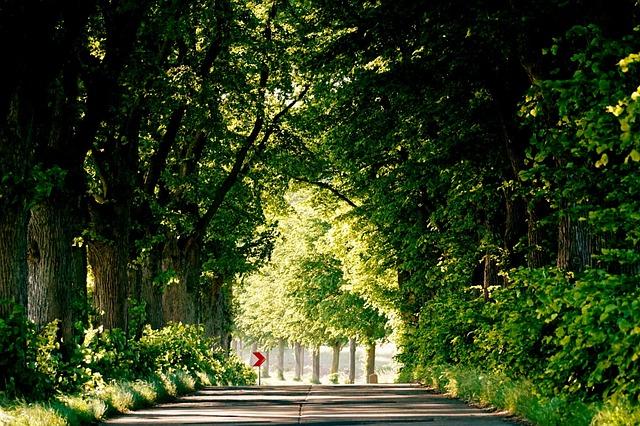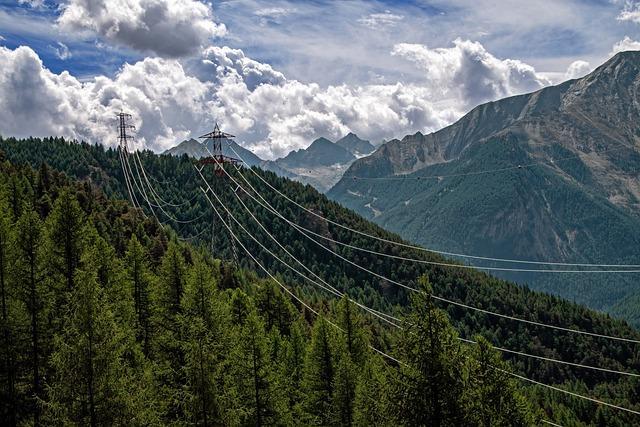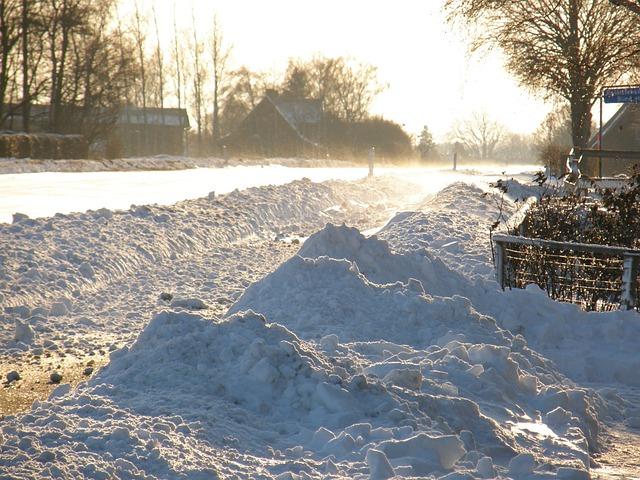Trees are an important part of our environment, providing shade, beauty, and oxygen to the world around us. However, when trees become diseased, they can pose a threat not only to themselves but to the surrounding landscape as well. In this article, we will explore the importance of tree removal for disease prevention and the steps that can be taken to ensure the health and safety of our natural surroundings.
Understanding the importance of tree removal in disease prevention is crucial for maintaining a healthy landscape. By identifying common tree diseases and their symptoms, homeowners and property managers can take proactive steps to prevent outbreaks. Hiring a professional arborist for safe and effective tree removal is key to preventing the spread of disease to other trees in the area. Implementing proper tree care practices, such as regular pruning and monitoring for signs of disease, can help mitigate the risk of future outbreaks.
Choosing replacement trees wisely after removal is also essential in preventing the recurrence of disease. By selecting disease-resistant species and planting them in optimal conditions, property owners can help ensure the long-term health of their landscape. Additionally, maintaining a healthy landscape through proper watering, fertilization, and pest control can further reduce the risk of disease outbreaks. By taking these proactive measures, property owners can protect their trees and promote a thriving and vibrant outdoor environment for years to come.
Q&A
Q: Why is tree removal necessary for disease prevention?
A: Removing diseased trees is essential to prevent the spread of diseases to other healthy trees in the area.
Q: What are some common signs of tree diseases that may require removal?
A: Common signs of tree diseases include wilting leaves, bark abnormalities, unusual spots or discoloration, and stunted growth.
Q: How can tree diseases be prevented or managed to avoid removal?
A: Proper tree care practices such as regular pruning, fertilization, and watering can help prevent diseases. In some cases, early detection and treatment may also prevent the need for removal.
Q: Is it always necessary to remove a tree if it shows signs of disease?
A: Not always. Consultation with a certified arborist can help determine the best course of action for treating and potentially saving a diseased tree.
Q: What is the best time of year to remove a diseased tree?
A: The best time to remove a diseased tree is typically during the tree’s dormant season, which is usually in late fall or winter.
Q: Are there any regulations or permits required for tree removal for disease prevention?
A: Depending on the location and type of tree, permits may be required for tree removal. It is important to check with local authorities before proceeding with tree removal.
Conclusion
In conclusion, tree removal for disease prevention is an important practice to maintain the health and vitality of your landscape. By identifying and removing diseased trees in a timely manner, you can help prevent the spread of harmful pathogens to other trees in your yard. Remember to consult with a professional arborist for guidance and assistance in making the best decisions for your trees. Taking proactive measures now can help ensure the long-term health and sustainability of your outdoor environment. Thank you for reading.
Simpsons Tree Services, Servicing Melbourne’s North Eastern Suburbs
Book a quote online at www.simpsonstrees.com.au




